Marketing Management: Definition, Objectives and Scope of Marketing Management with examples
Marketing Management by Philip Kotler-
Meaning I Definition I Objectives I Importance I Process I Scope I Marketing System I Demand States I Core Marketing Concept
- Introduction to Market and Marketing
- Meaning and Definition of Marketing
- Understanding Marketing Management
- The objectives of Marketing Management
- Marketing Management Process
- Scope of Marketing Management
- What can be Marketed?
- Marketing in terms of how organization work
- Simple Marketing System
- Marketplace, Marketspace, and Meta Market
- Demand States
- Types of Demand
- Core Marketing Management Concept - Need, Wants, and Demand
- Types of Needs
- Marketing Management Channels
- Marketing Management Environment
What is Market?
Define Marketing
According to Philip Kotler -
According to the American Marketing Association -
Understanding Marketing Management
According to Philip Kotler,
"Marketing management is the process of planning and implementation of ideas, pricing, promotion, and distribution of ideas, goods, and services to produce exchanges that meet the goals of individuals and organizations. Exchange is the basic principle of marketing. Life all depends on exchange relations organizations to obtain the necessary resources, then convert those resources into products and services and distribute them efficiently to the target market.”
A Simple Definition of Marketing Management
of choosing target markets andgetting, keeping, and growing customers throughcreating,delivering, andcommunicating
Objectives of Marketing Management
1. Creating Demand & New Customers:
2. Satisfying the Needs of Customer:
3. Enhancing the Profitability of the Business:
4. Raising the Living Standard of People:
5. Determining the Marketing Mix:
Marketing Management Process

Scope of Marketing Management

What can be Marketed?

MARKETERS AND PROSPECTS -
A marketer is someone who seeks a response—attention, a purchase, a vote, a donation—from another party, called the prospect. If two parties are seeking to sell something to each other, we call them both marketers.
Structure of Flows in a Modern Exchange Economy
A Simple Marketing System
Consumer Markets: Companies selling mass consumer goods and services such as juices, cosmetics, athletic shoes, and air travel spend a great deal of time establishing a strong brand image by developing a superior product and packaging, ensuring its availability, and backing it with engaging communications and reliable service.
Business Markets: Companies selling business goods and services often face well-informed professional buyers skilled at evaluating competitive offerings. Business buyers buy goods to make or resell a product to others at a profit. Business marketers must demonstrate how their products will help achieve higher revenue or lower costs. Advertising can play a role, but the sales force, the price, and the company’s reputation may play a greater one.
Global Markets: Companies in the global marketplace must decide which countries to enter; how to enter each (as an exporter, licenser, joint venture partner, contract manufacturer, or solo manufacturer); how to adapt product and service features to each country; how to price products in different countries; and how to design communications for different cultures. They face different requirements for buying and disposing of property; cultural, language, legal, and political differences; and currency fluctuations. Yet, the payoff can be huge.
Non-profit and Governmental Markets: Companies selling to non-profit organizations with limited purchasing power such as churches, universities, charitable organizations, and government agencies need to price carefully. Lower selling prices affect the features and quality the seller can build into the offering. Much government purchasing calls for bids, and buyers often focus on practical solutions and favor the lowest bid in the absence of extenuating factors.
MARKETPLACES, MARKETSPACES, AND METAMARKETS
The Marketplace is
physical, such as a store you shop in like Big Bazaar, Reliance Retail, etc.;
The Marketspace is
digital, as when you shop on the Internet like Amazon, Flipkart, Myntra, etc.
Metamarkets are the result of marketers packaging a system that simplifies carrying out these related product/service activities. The automobile meta market consists of automobile manufacturers, new and used car dealers, financing companies, insurance companies, mechanics, spare parts dealers, service shops, auto magazines, classified auto ads in newspapers, and auto sites on the Internet.
A car buyer will engage many parts of this meta market, creating an opportunity for metamediaries to assist him or her in moving seamlessly through them. Edmund’s (www.edmunds.com) lets a car buyer find the stated features and prices of different automobiles and easily click to other sites to search for the lowest-price dealer for financing, accessories, and used cars. Metamediaries also serve other meta markets, such as home ownership, parenting and baby care, and weddings.
Demand States:
Exchange of Information:
1. Negative Demand: A major part of the market
dislikes the product and may even pay price to avoid it.
Example: Vaccination, dental work.
Marketing tasks: i.
Analyze why the market dislikes the product.
ii. Analyse whether the
marketing program consists of program redesign, lower price, and more positive
promotion.
2. Non Existing demand: Target consumers may be
unaware and uninterested in the product.
Example: i. Farmers maybe not interested in new
farming method.
ii.
College students may not be interested in a foreign language course.
Marketing tasks: Find ways to connect the benefits of products with people's natural needs and interests.
3. Latent demand: Consumers may share a strong
need that cannot be satisfied by any existing product.
Example: Harmless cigarette, safer neighborhood, more
fuel-efficient car.
Marketing tasks: i. Measure the size of the
potential market.
ii. Develop goods and
services to satisfy the demand.
4. Declining demand: When the demand for the product or service becomes lower.
Example: Private colleges have seen application falls.
Marketing tasks: i. Reverse the declining demand through
creative remarketing.
ii. Analyze the cause of the decline and determine whether the demand can be
stimulated by the new target market.
5. Irregular demand: Demand varies on a seasonal,
daily and hourly basis.
Examples: Museums are under-visited on weekdays and over
crowded on weekdays.
Marketing tasks: Find ways to alter the pattern of demand
through flexible pricing, promotion, and other incentives.
6. Full demand: When the organization is pleased with
their volume of business.
Marketing tasks: i.
Maintain the current level of demand in the face of change in consumer
preference.
ii. Maintain and improve the quality of the product and continuously measure consumer satisfaction.
7. Overfull demand: The demand level is higher than the organization can and want to handle.
Example: Nationalpark is terribly overcrowded in the summer.
Marketing Tasks: I.
Finding ways to reduce the demand for the products.
ii. Rasing
price.
iii. Reducing
promotion and service.
8. Unwholesome demand: Those kinds of demands, not
acceptable by society.
Example: Cigarettes,
hard drinks, alcohol.
Marketing tasks:
i.Fear message
ii.Price hikes.
iii.Reduce availability.
Demand Examples:
Core Marketing Management Concepts
Needs, Wants, and Demands
Needs are the basic human requirements such as for air, food, water, clothing, and shelter. Humans also have strong needs for recreation, education, and entertainment. These needs become wants when they are directed to specific objects that might satisfy the need. A U.S. consumer needs food but may want a Philly cheesesteak and an iced tea. A person in Afghanistan needs food but may want rice, lamb, and carrots. Wants are shaped by our society.
Demands are wants for specific products backed by an ability to pay. Many people want a Mercedes; only a few can buy one. Companies must measure not only how many people want their product, but also how many are willing and able to buy it.
These distinctions shed light on the frequent criticism that “marketers create needs” or “marketers get people to buy things they don’t want.” Marketers do not create needs: Needs preexist marketers. Marketers, along with other societal factors, influence wants. They might promote the idea that a Mercedes would satisfy a person’s need for social status. They do not, however, create the need for social status.
Some customers have needs of which they are not fully conscious or that they cannot articulate.
What does it mean when the customer asks for a “powerful” lawnmower or a “peaceful” hotel? The marketer must probe further. We can distinguish five types of needs:
1. Stated needs
(The customer wants an inexpensive car.)
2. Real needs (The
customer wants a car whose operating cost, not initial price is low.)
3. Unstated needs
(The customer expects good service from the dealer.)
4. Delight needs (The customer would like the dealer to include an onboard GPS navigation system.)
5. Secret needs
(The customer wants friends to see him or her as a savvy consumer.)
Responding only to the stated need may shortchange the customer. Consumers did not know much about cellular phones when they were first introduced, and Nokia and Ericsson fought to shape consumer perceptions of them. To gain an edge, companies must help customers learn what they want.
To reach the target market, types of a channel used;
a. Communication Channel: Newspaper, Magazines, radio, television, mail, internet, etc.
b. Distribution Channel: Selling or delivering the physical product to the buyer/user. Includes distributor, wholesaler, retailers, or agents.
c. Service Channels: warehouse, transportation companies, banks, and insurance companies and facilitate the transaction.
Supply Chain –
Stretches from raw materials to components to the final product and that are carried to the final buyer.
Competition –
Includes all the actual and potential rival offerings and substitutes a buyer must consider.
Example – tea of different brands, steel, etc.
Marketing Management Environment – Includes
Task Environment:
Includes agencies that are involved in producing, distributing, and promoting the offerings
These are the companies, suppliers, and service suppliers (advertising agencies, banking and insurance co. transportation co. and telecommunication co.)
Broad Environment: Consists of
What are the principles of marketing?Why is marketing management important?What is the work of marketing management?What do you need to know about marketing?What are the five steps in the marketing process?What is the marketing control process?How do you practice marketing?Is marketing a strategy?

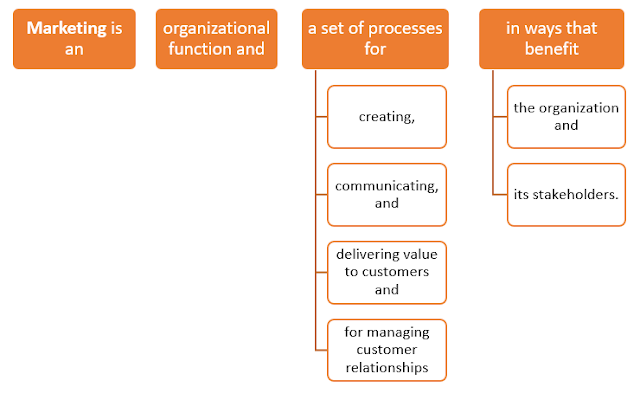
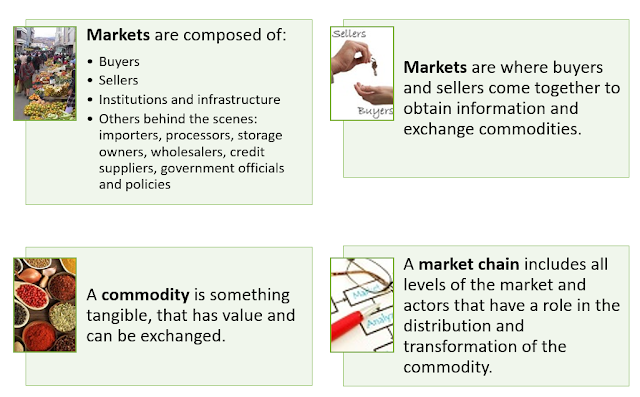
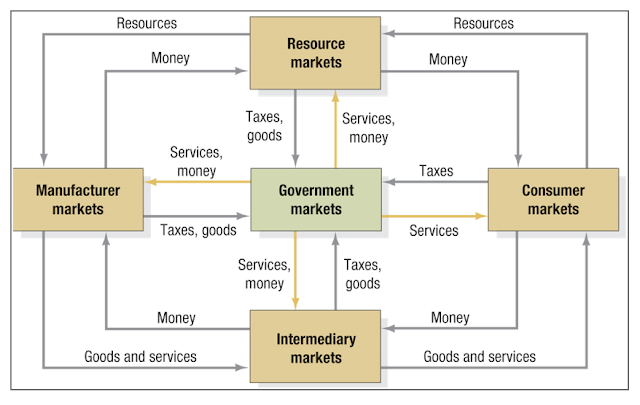

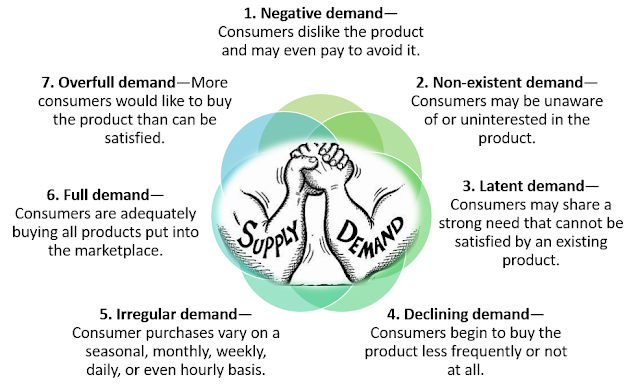

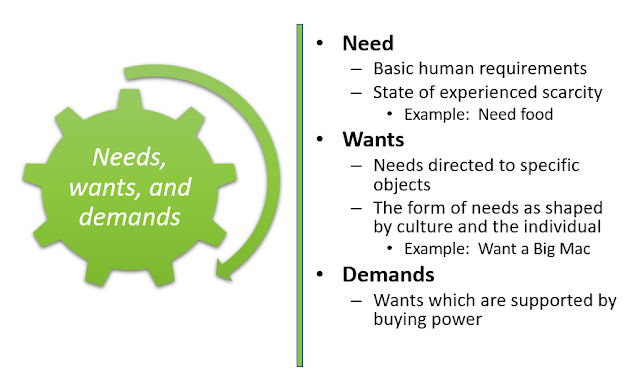

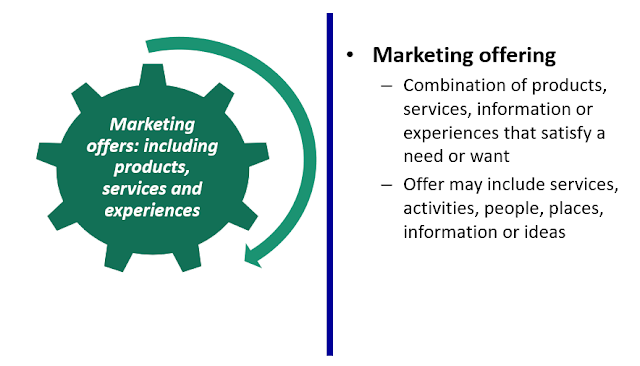

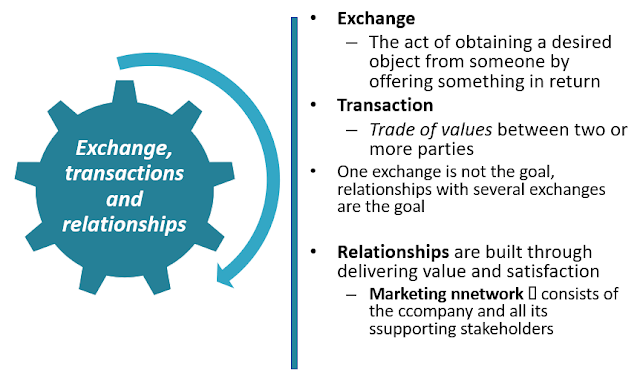

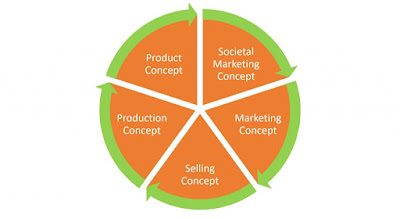
Very helpful And detailed study material with examples...thanks for sharing.
ReplyDelete